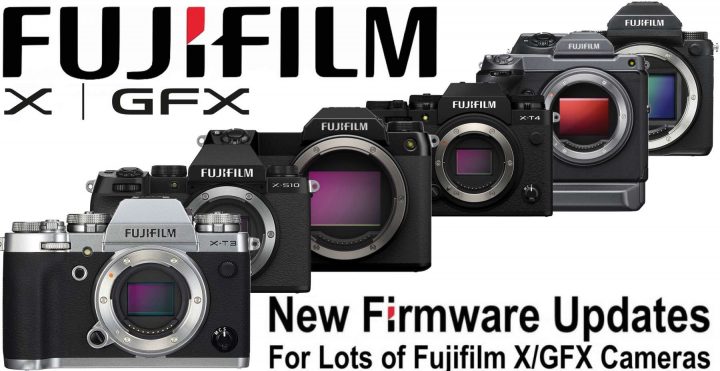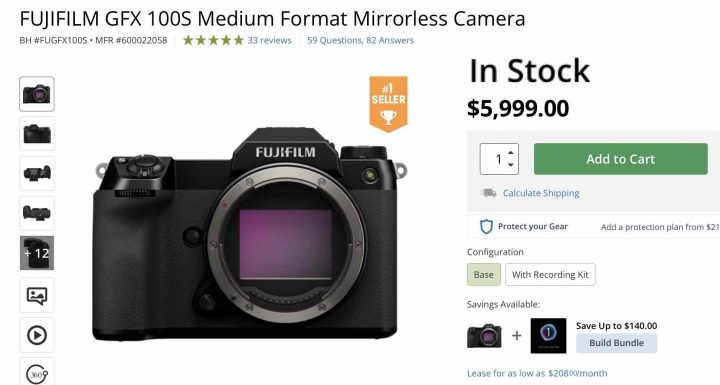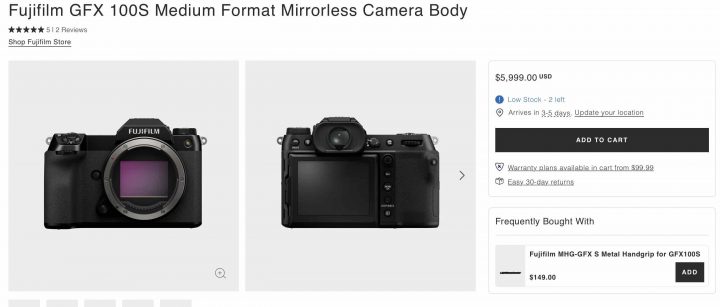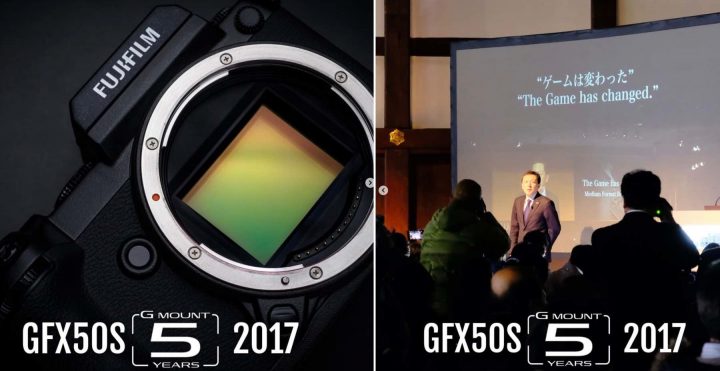Fujifilm X/GFX Firmware Fixes macOS SD-Card Bug and Do You Prefer to Update Your Gear via SD-Card or Camera Remote App?
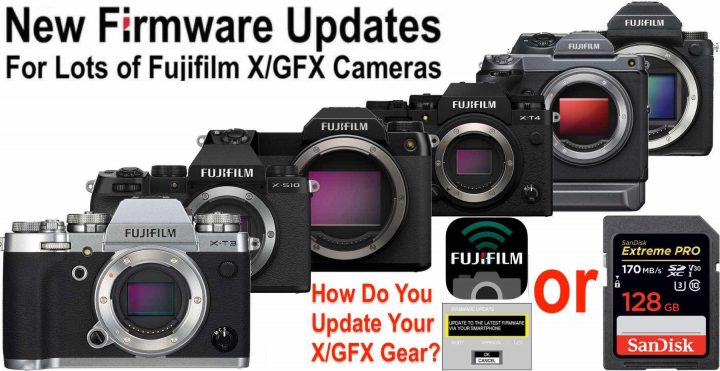
As we reported earlier today, Fujifilm has issued a firmware update for six X/GFX cameras. It fixed the issue we reported about in early February here.
You can read all the details and get the download links in this article.
And here comes my curiosity: I recently started using the Camera Remote App to update my cameras, and I find it so comfortable, that I was wondering if anyone else is using it. Hence, down below is a little survey where you can tell us if you use the App or go old-style via SD-card.
Follow FujiRumors on Patreon, Facebook, Instagram, RSS-feed, Youtube, Flipboard and Twitter
The Fastest Growing Fujifilm Group
- Fujifilm Film Simulation Group (100% Fuji Colors Power)
Join Our Owners Groups
- Fujifilm GFX User Group
- Fujifilm X-T User Group
- Fujifilm X-S User Group
- Fujifilm X-H User Group
- Fujifilm X-E User Group
- Fujifilm X-Pro User Group
- Fujifilm X100 line Group
Join Our Facebook Pages

